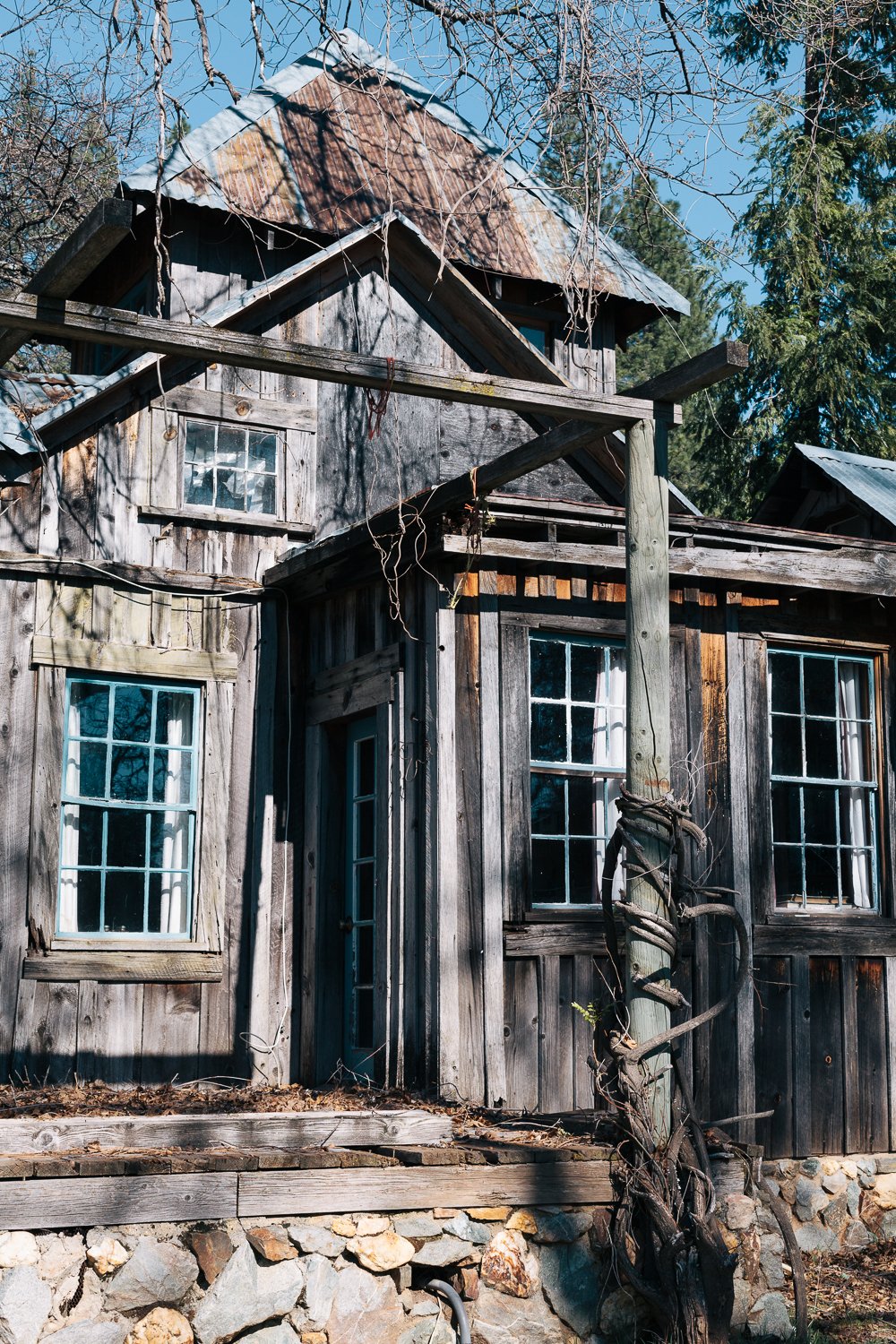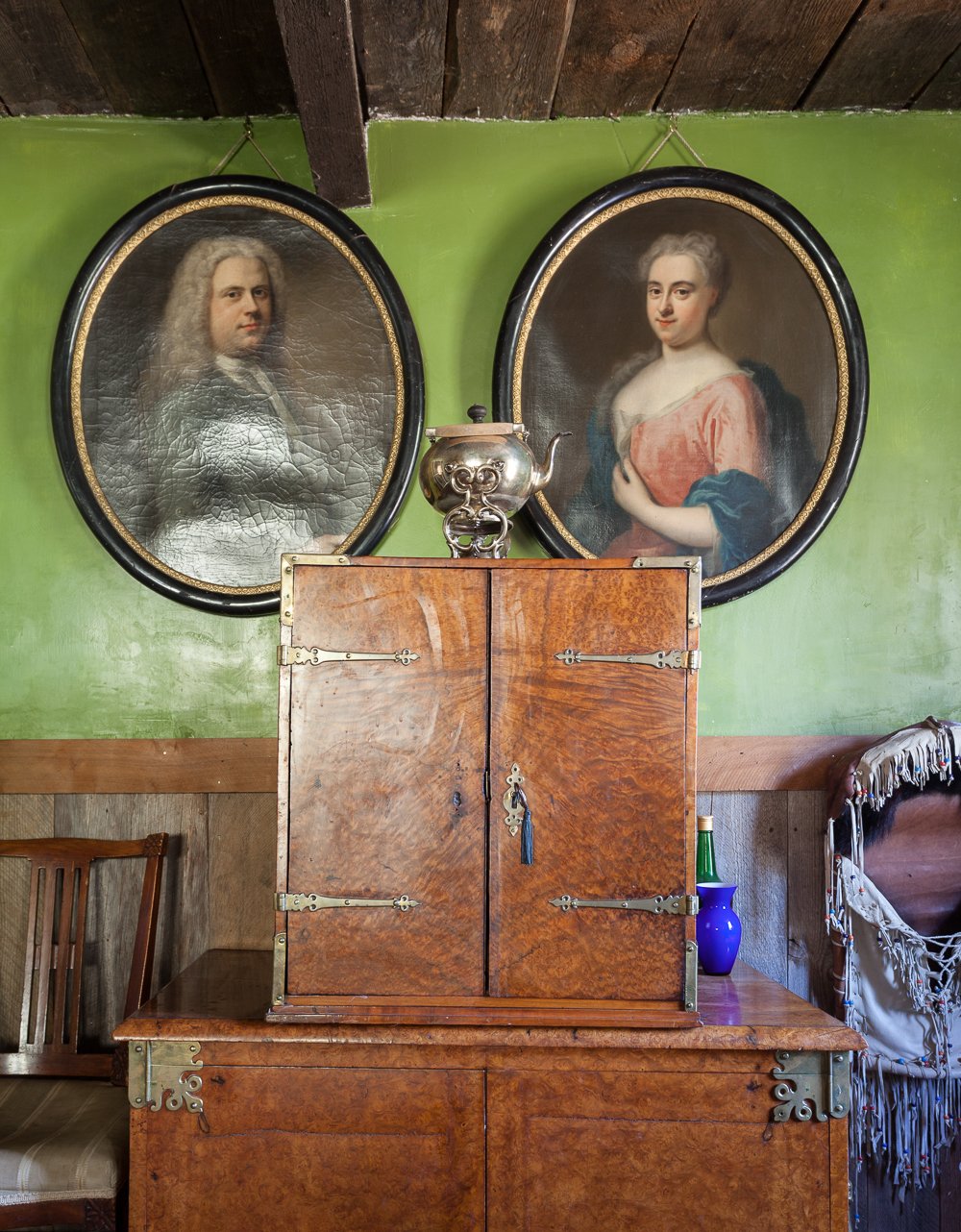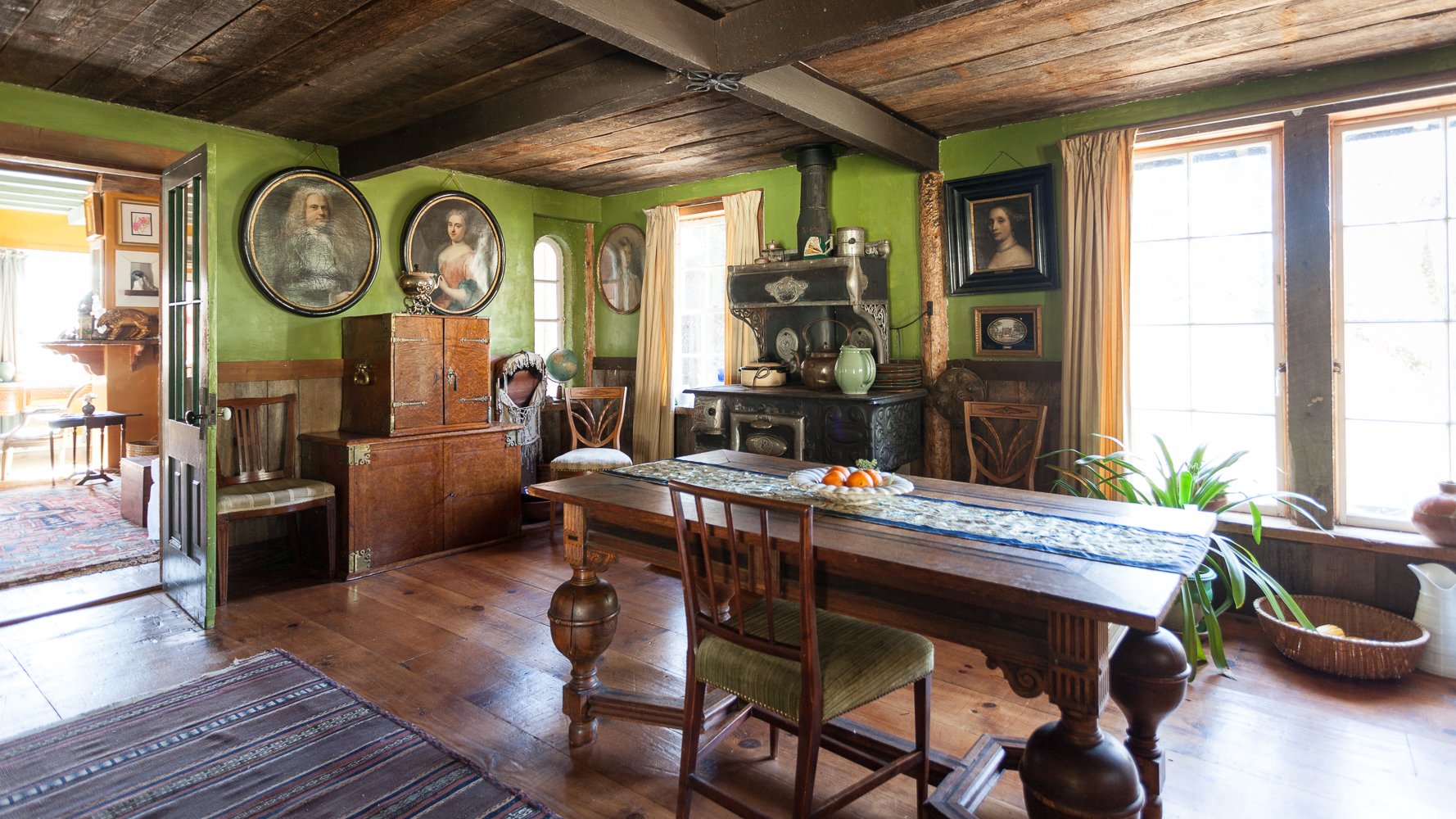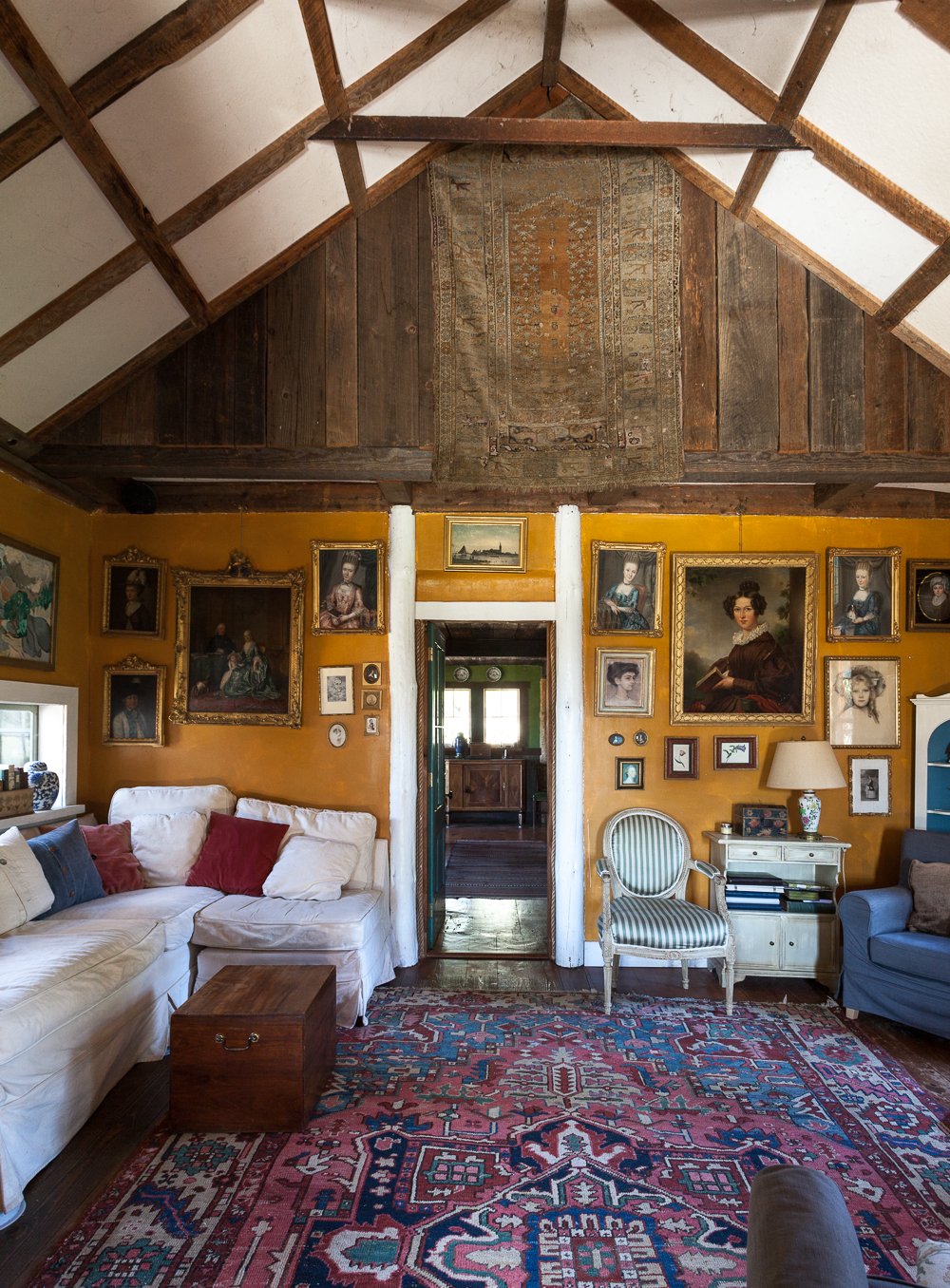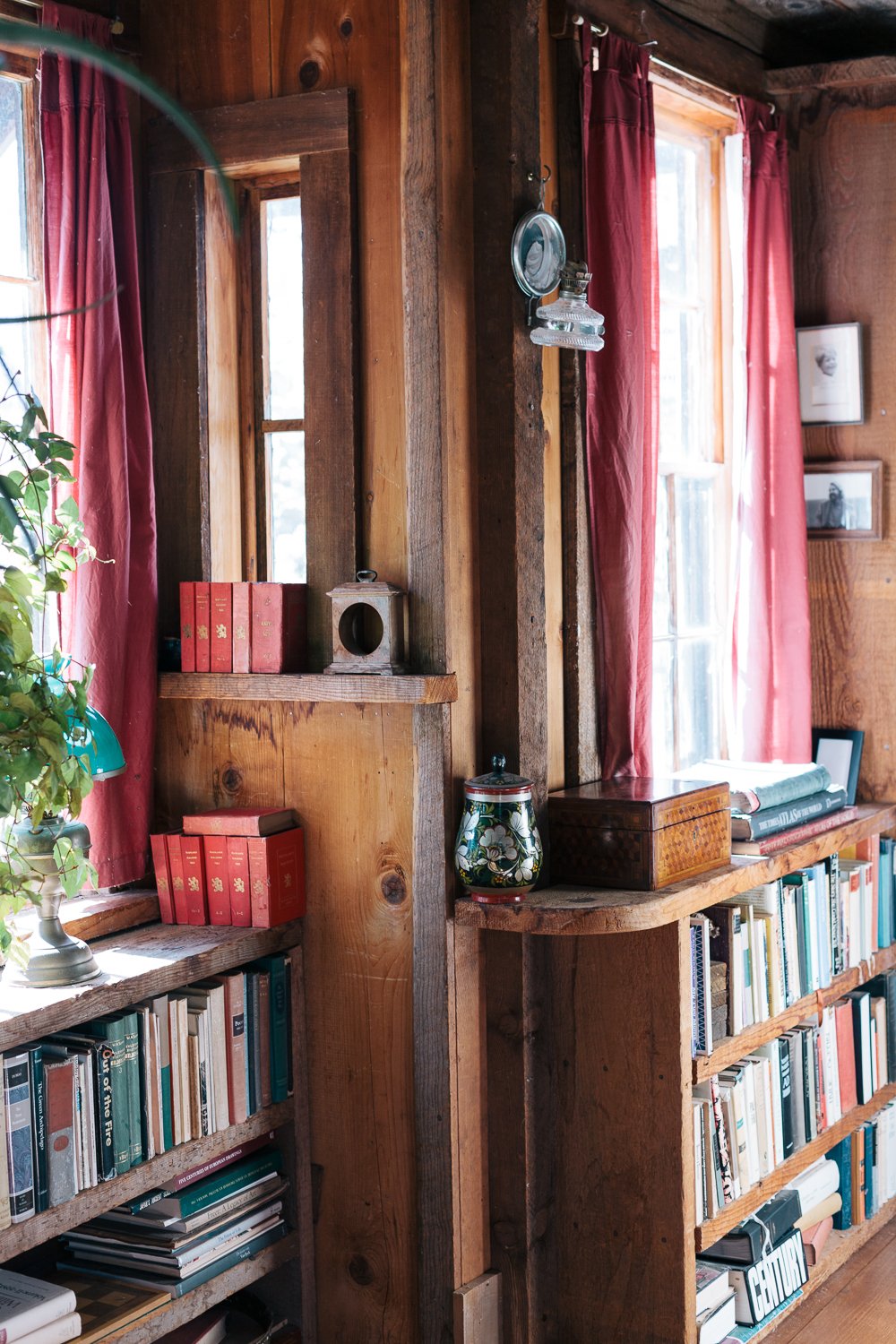
DES TOMBES

before we get into this interview...
When we set out to photograph local families in their homes, this is the first place we ended up. I've known some of this family for decades, known in the sense that we've bumped around in a small town with all kinds of crossover that waxes and wanes with the seasons and the years. Their parents, like many of ours, left various lives in the city or across the country to come and make a home in the woods, way down bumpy dirt roads, unplugged and off-grid to grow some food, a family, or a community. A common denominator with the folks we seem to want to photo-document is a sense of reclusiveness, such that it's an absolute honor to be invited in with cameras and curiosity. We initially intended to do oral interviews, but something gets lost in translation between their voices and my fingers that feels subject to my own projections. These interviews are way more direct and honest. The images captured by the ever talented Kat Alves, tell their own stories.
That said, a few scribbled notes gleaned eagerly from the matriarch of this homestead (who I could have listened to for days) are worth sharing. They drove out with a 3yr old baby from NY to CA because they wanted to see the country before leaving (for good for political and social reasons) and ended up renting in Lake County, CA, a few hours from here. They were given a contact of another couple headed out this way that they serendipitously ran into in a laundromat in Calistoga, CA. In this chance meeting they caught wind of the fabled Yuba River. When they came out and beheld what locals know as Bald Mountain they knew they were home. They arrived here in 1971. There were no phone lines, no power lines, no plumbing, only spring water and a very rough dirt road. Six women had been living on the land prior, and prior to that for thousands of years, before the riverbeds and hillsides were scoured for gold, it was home to the Nisenan.
Three kids were born in this house, with the same midwife. A few locals helped build the addition to the original farm house, poet Gary Snyder among them. Theo and his wife Jaimie, also a local, had two of their kids on this same property. With a Buddhist, diplomat father and a mother who was a hard-working homesteader of the original kind, who's family was among the first to arrive here with the wave of "back-to-the-landers," there is a rich living history on this land. There's a lot of idealization of communal living and hippie homesteading, but these folks weren't doing it for fashion or attention. They were radical. They were abandoning convention, protesting the status quo, turning their attention away from consumerism, and re-establishing a relationship to place. They were willing to live with less. They were working their asses off and learning first hand how to live with each other, how to depend and be depended on by neighbors and friends. They had a determination and a wildness of spirit that led to some of the most beautiful, unconventional homes and lives. This one is a true work of art, with all of it's leaks and tilts and inclusion of the elements. Now three grown children and four grandchildren live on this land with their mother and grandmother, respectively, in various structures. Even though I see through the idyllic illusion, it's still a bit of a dream. Here's how husband and wife, Jaimie and Theo (the baby of the family, pronounced Tay-O) answered our questions. We gave most of them to Theo, being his family's land, but wanted Jaime's input as well, being a hard working mama herself and the one holding down the fort most days.




